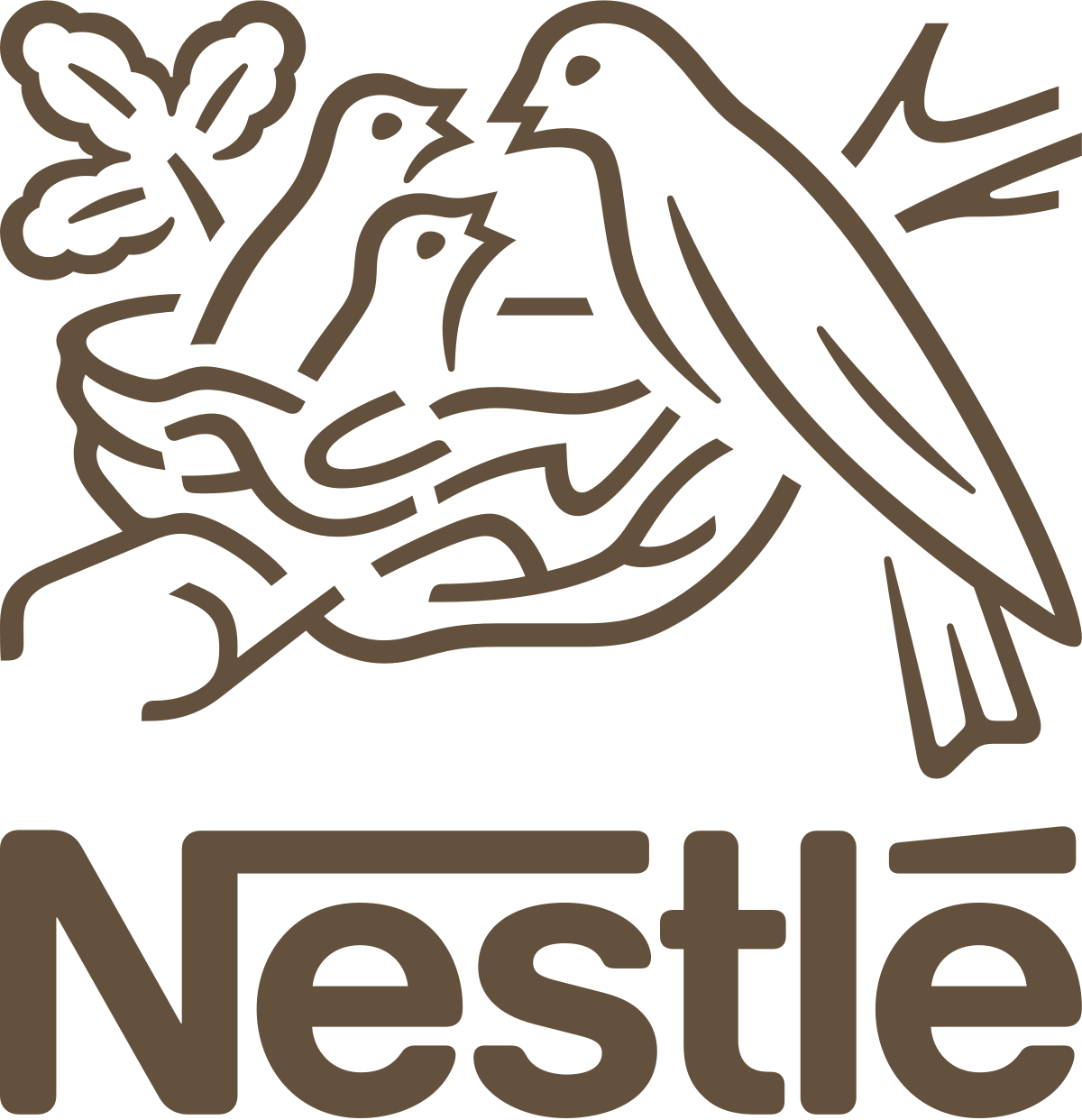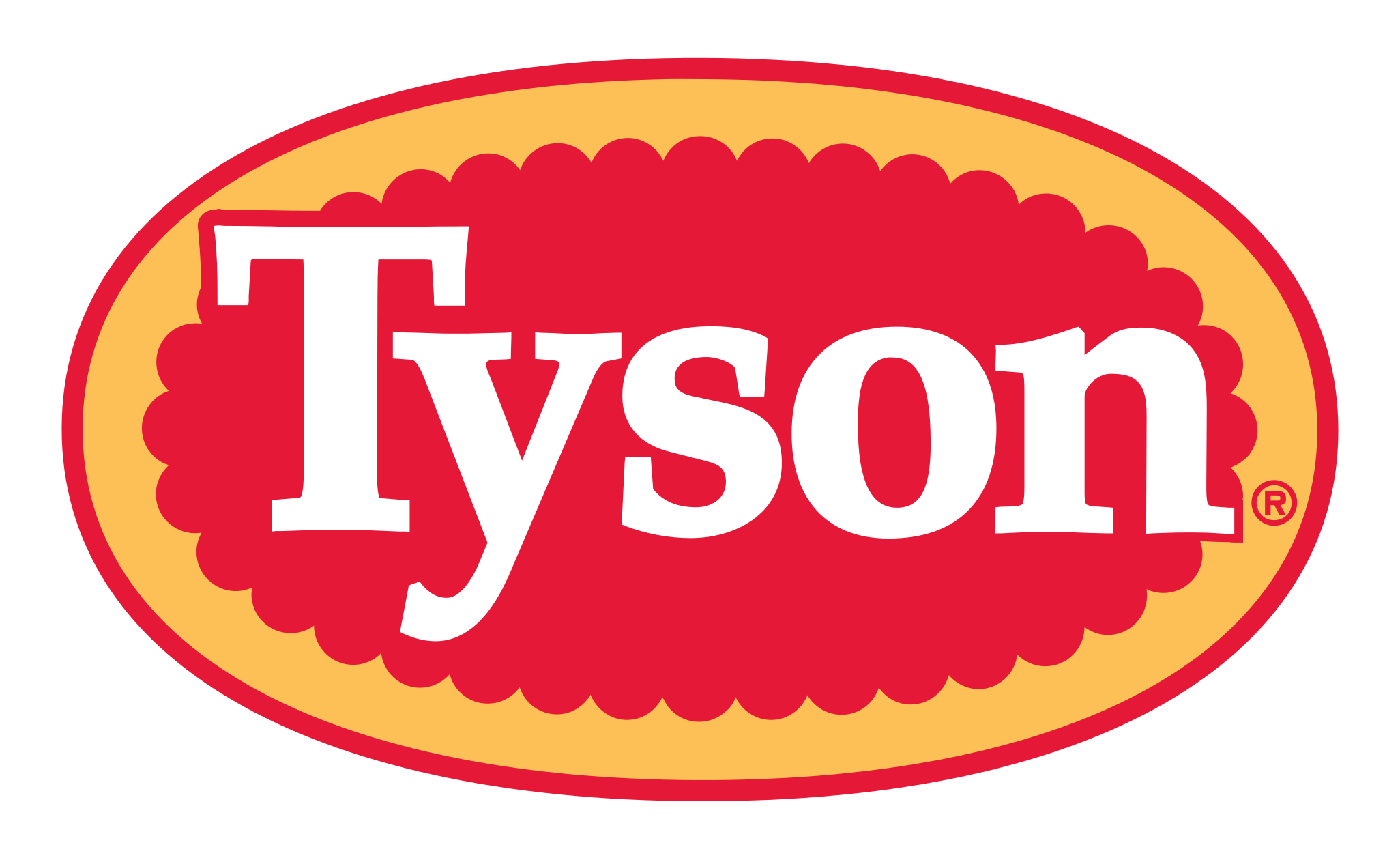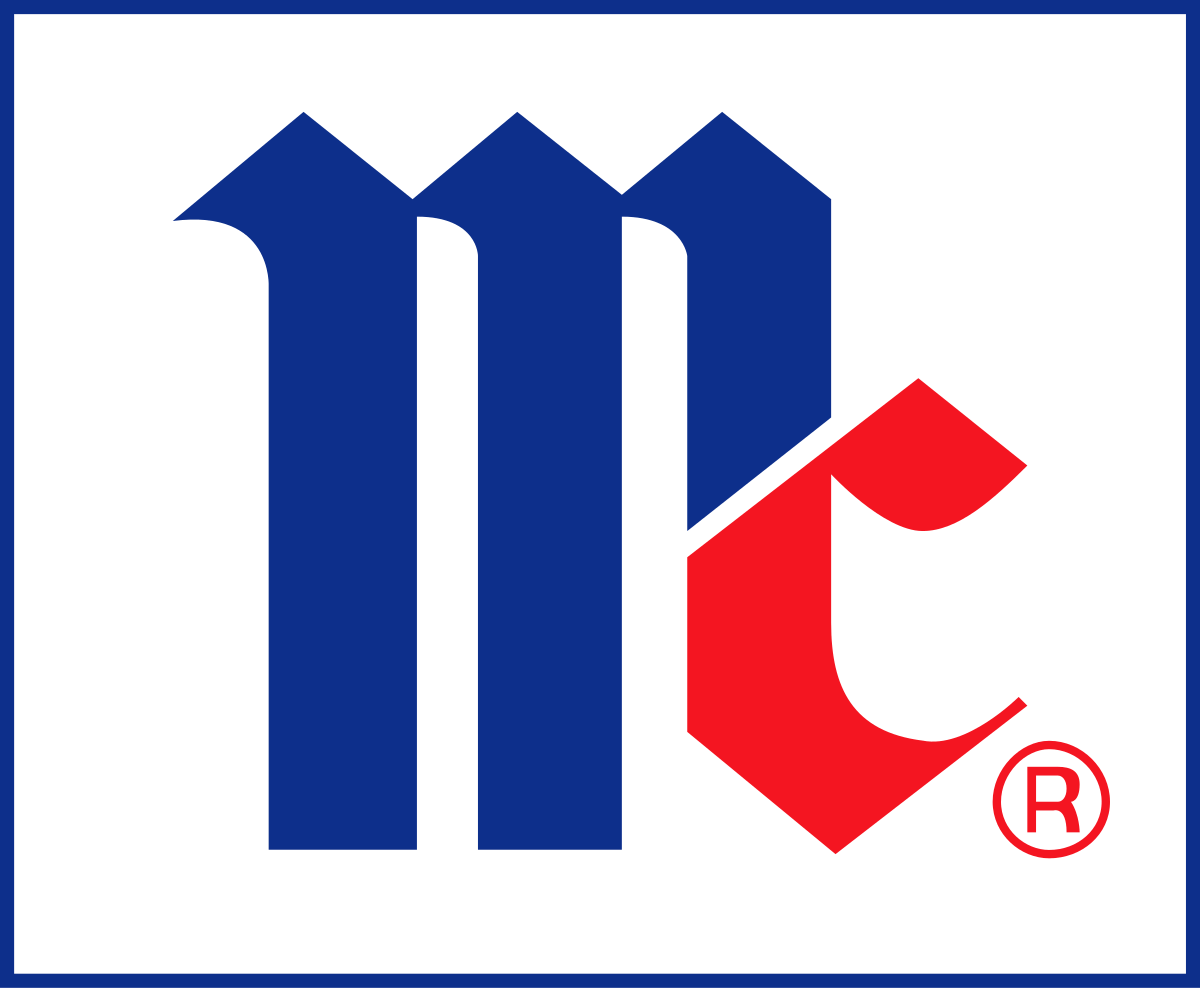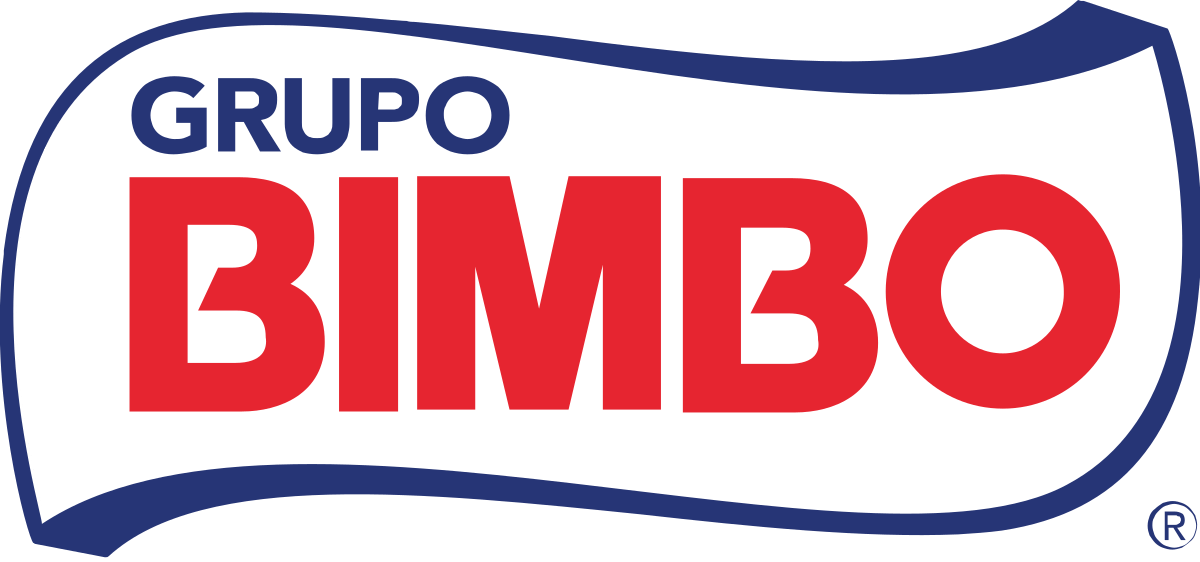Global Energy Drinks Market By Nature, By Product Type, By Packaging, By Flavour Type, By Distribution Channel, By Region & Segmental Insights Trends and Forecast, 2024 – 2034
- Industry: Food & Beverages
- Report ID: TNR-110-1086
- Number of Pages: 420
- Table/Charts : Yes
- May, 2024
- Base Year : 2024
- No. of Companies : 10+
- No. of Countries : 29
- Views : 10179
- Covid Impact Covered: Yes
- War Impact Covered: Yes
- Formats : PDF, Excel, PPT
The energy drinks market is witnessing rapid growth, driven by rising consumer demand for quick energy boosts and enhanced performance. Dominated by major brands like Red Bull, Monster, and PepsiCo Inc., the market is characterized by continuous innovation in flavours and ingredients to meet diverse consumer preferences. The increasing focus on health and wellness has spurred the popularity of low-sugar and organic energy drinks. Additionally, the growing participation in sports and fitness activities further propels market expansion. However, concerns over the health effects of high caffeine and sugar content, along with stringent regulations, present challenges. Despite this, the market’s dynamic nature and evolving consumer trends indicate sustained growth opportunities.
In terms of revenue, the global energy drinks market was worth US$ 89.7 Bn in 2023 and is anticipated to witness a CAGR of 9.4% during 2024 – 2034.

Trends in the Global Energy Drinks Market
- A significant trend in the energy drinks market is the increasing focus on health and wellness. As consumers become more health-conscious, there’s a growing demand for beverages that provide an energy boost without the high sugar content and artificial ingredients commonly found in traditional energy drinks. This has led to the rise of low-sugar, sugar-free, and naturally sweetened options. Additionally, many brands are incorporating functional ingredients such as vitamins, minerals, amino acids, and adaptogens that offer additional health benefits beyond just energy. These ingredients are marketed to improve mental clarity, reduce stress, and support overall well-being. The trend towards healthier options reflects a broader consumer shift towards maintaining a balanced lifestyle, where energy drinks are not only a source of immediate energy but also contribute to long-term health goals.
- Sustainability and ethical sourcing are becoming increasingly important trends in the energy drinks market. Consumers today are more environmentally conscious and are seeking products that align with their values. This has driven energy drink companies to adopt more sustainable practices, such as using eco-friendly packaging materials like recycled aluminum cans and biodegradable plastics. Additionally, brands are focusing on the ethical sourcing of ingredients, ensuring that their supply chains are transparent and that ingredients are sourced in a way that supports fair trade and reduces environmental impact. For instance, sourcing natural caffeine from sustainably managed coffee plantations or using organically grown herbs and fruits. These efforts not only help in reducing the ecological footprint but also enhance brand image and loyalty among environmentally conscious consumers. As sustainability becomes a key purchasing criterion, it is likely to shape the future strategies of energy drink companies.
Global Energy Drinks Market Revenue & Forecast, (US$ Million), 2016 – 2034
Natural energy drinks dominated the global energy drinks market during the forecast period. People are increasingly wary of artificial ingredients and high sugar content in traditional energy drinks, leading to a preference for natural alternatives. These drinks often contain ingredients like green tea extract, guarana, and natural fruit juices, which are perceived as healthier. Additionally, the trend towards organic and clean-label products has boosted the popularity of natural energy drinks. Consumers are also driven by the desire for functional benefits, with natural ingredients offering additional advantages like antioxidants and vitamins. This shift towards healthier lifestyles and sustainable consumption patterns has significantly contributed to the dominance of natural energy drinks in the market.
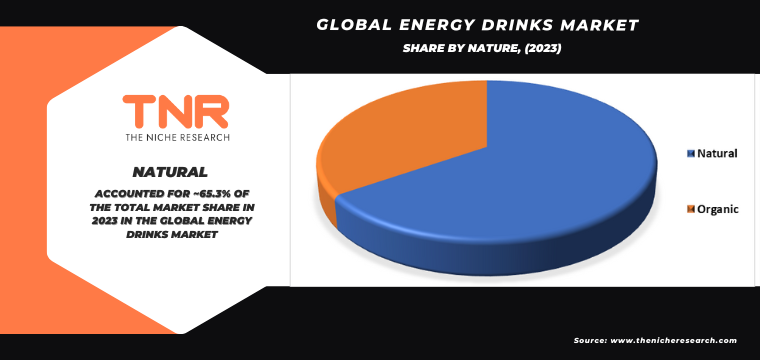
Alcoholic energy drinks segment gained popularity in recent years and is anticipated to grow the fastest over the forecast timeline.
Unique combination of alcohol and energy-boosting ingredients appeals to young adults seeking new and exciting beverage options for socializing and nightlife. These drinks offer a dual effect, providing the stimulating benefits of energy drinks with the relaxing effects of alcohol. Additionally, innovative marketing and product development by key players have introduced a variety of flavours and formulations, making these drinks more attractive to a broad audience. The convenience of ready-to-drink options also caters to on-the-go lifestyles. Furthermore, increasing trend of premiumization in the beverage industry has led to the introduction of high-quality, artisanal alcoholic energy drinks, driving further interest and growth.
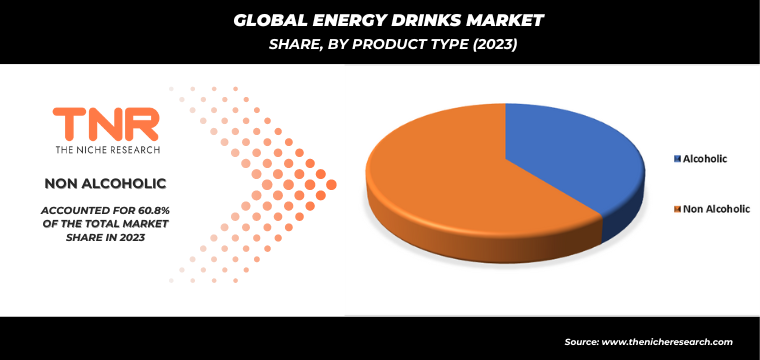
Cans accounted for the largest revenue share in 2023 in the global market with a revenue share of 39.8%. Cans offer convenience and portability, making them popular among consumers for on-the-go consumption. Additionally, cans provide better preservation of the drink’s freshness and flavours, ensuring a consistent quality experience for consumers. The rise of single-serve packaging formats also contributes to the increased popularity of cans. Furthermore, their recyclability and environmental friendliness align with growing sustainability concerns among consumers, further solidifying cans’ position as the preferred packaging choice in the energy drinks market.
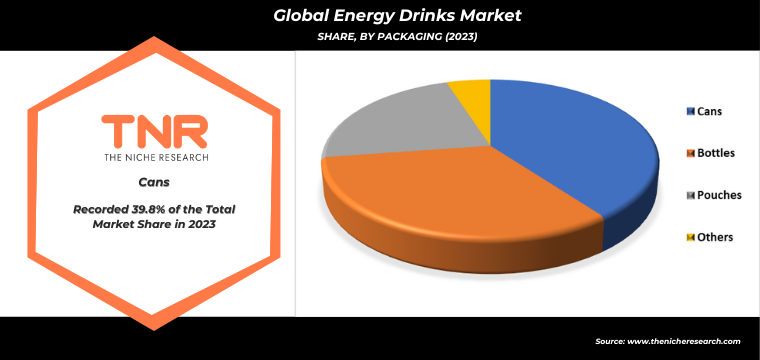
Flavoured energy drinks dominated the energy drinks market and is anticipated to continue its dominance through the forecast timeline. Flavoured options offer consumers a diverse and enjoyable drinking experience, catering to various taste preferences and appealing to a wider audience. Secondly, the introduction of innovative and exotic flavours profiles has spurred consumer interest, driving demand for flavoured energy drinks. Additionally, flavoured variants often provide a refreshing alternative to traditional energy drinks, making them more appealing for consumption in different settings and occasions. Moreover, the continuous product innovation by manufacturers, introducing new and exciting flavours combinations, further solidifies the dominance of flavoured energy drinks in the market landscape, ensuring sustained growth and consumer engagement.
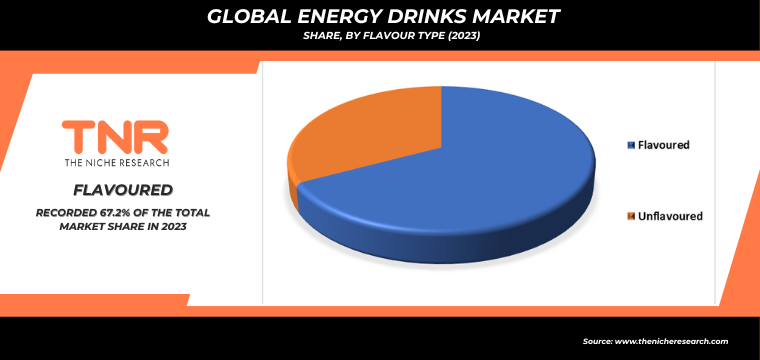
Online segment is anticipated to grow fastest over the forecast period. Increasing digitalization of retail has led to a surge in online shopping for convenience and accessibility. Consumers now prefer the ease of browsing and purchasing energy drinks from the comfort of their homes or on mobile devices. Additionally, the COVID-19 pandemic has accelerated the shift towards e-commerce as consumers prioritize contactless shopping experiences. Furthermore, the online channel offers a wider selection of products and often provides exclusive deals and promotions, enticing consumers to buy energy drinks online. As a result, the online distribution channel is expected to see exponential growth, catering to evolving consumer preferences and shopping behaviours.

Asia Pacific is expected to emerge as the second-leading region in the energy drinks market, following North America. The region’s large and rapidly expanding population, particularly in countries like China and India, presents a vast consumer base with increasing disposable incomes and changing lifestyles. As urbanization progresses, there’s a growing demand for convenient energy-boosting beverages to support hectic urban lifestyles and long work hours. Additionally, the influence of Western culture and the adoption of more active lifestyles are driving the popularity of energy drinks across Asia Pacific.
Furthermore, aggressive marketing campaigns by leading brands and expanding distribution networks are boosting accessibility and awareness of energy drinks, contributing to the region’s expected emergence as a significant player in the global energy drinks market.

Competitive Landscape
The energy drinks market is highly competitive, with dominating key players like Red Bull, Monster, and Coca-Cola. These brands continually innovate with new flavours and formulations. Emerging players focus on niche markets with unique offerings, while regulatory scrutiny and health concerns shape industry dynamics, fostering competition and innovation.
Some of the players operating in the energy drinks market are
- Asia Brewery Incorporated
- Carlsberg A/S
- Coca-Cola Co.
- Dali foods group
- Kabisa B.V.
- Kraft Foods Inc.
- LT Group Inc.
- Monster Beverage Corp.
- NEALKO ORAVAN, spol s.r.o
- Nestlé S.A.
- Otsuka Pharmaceutical Co.
- PepsiCo Inc.
- Red Bull GmbH
- Shenzhen Eastroc Beverage Co. Ltd.
- Suntory Holdings Ltd.
- The Gatorade Company, Inc.
- Other Industry Participants
Global Energy Drinks Market Scope
| Report Specifications | Details |
| Market Revenue in 2023 | US$ 89.7 Bn |
| Market Size Forecast by 2034 | US$ 240.9 Bn |
| Growth Rate (CAGR) | 9.4% |
| Historic Data | 2016 – 2022 |
| Base Year for Estimation | 2023 |
| Forecast Period | 2024 – 2034 |
| Report Inclusions | Market Size & Estimates, Market Dynamics, Competitive Scenario, Trends, Growth Factors, Market Determinants, Key Investment Segmentation, Product/Service/Solutions Benchmarking |
| Segments Covered | By Nature, By Product Type, By Packaging, By Flavour Type, By Distribution Channel, By Region |
| Regions Covered | North America, Europe, Asia Pacific, Middle East & Africa, Latin America |
| Countries Covered | U.S., Canada, Mexico, Rest of North America, France, The UK, Spain, Germany, Italy, Nordic Countries (Denmark, Finland, Iceland, Sweden, Norway), Benelux Union (Belgium, The Netherlands, Luxembourg), Rest of Europe, China, Japan, India, New Zealand, Australia, South Korea, Southeast Asia (Indonesia, Thailand, Malaysia, Singapore, Rest of Southeast Asia), Rest of Asia Pacific, Saudi Arabia, UAE, Egypt, Kuwait, South Africa, Rest of Middle East & Africa, Brazil, Argentina, Rest of Latin America |
| Key Players | Asia Brewery Incorporated, Carlsberg A/S, Coca-Cola Co., Dali foods group, Kabisa B.V., Kraft Foods Inc., LT Group Inc., Monster Beverage Corp., NEALKO ORAVAN, spol s.r.o, Nestlé S.A., Otsuka Pharmaceutical Co., PepsiCo Inc., Red Bull GmbH, Shenzhen Eastroc Beverage Co. Ltd., Suntory Holdings Ltd., The Gatorade Company, Inc. |
| Customization Scope | Customization allows for the inclusion/modification of content pertaining to geographical regions, countries, and specific market segments. |
| Pricing & Procurement Options | Explore purchase options tailored to your specific research requirements |
| Contact Details | Consult With Our Expert
Japan (Toll-Free): +81 663-386-8111 South Korea (Toll-Free): +82-808- 703-126 Saudi Arabia (Toll-Free): +966 800-850-1643 United Kingdom: +44 753-710-5080 United States: +1 302-232-5106 E-mail: askanexpert@thenicheresearch.com
|
Global Energy Drinks Market
By Nature
- Natural
- Organic
By Product Type
- Alcoholic
- Non Alcoholic
By Packaging
- Cans
- Bottles
- Pouches
- Others
By Flavour Type
- Flavoured
- Unflavoured
By Distribution Channel
- Online
- Offline
- Supermarkets/Hypermarkets
- Specialty Stores
- Others
By Region
- North America (U.S., Canada, Mexico, Rest of North America)
- Europe (France, The UK, Spain, Germany, Italy, Nordic Countries (Denmark, Finland, Iceland, Sweden, Norway), Benelux Union (Belgium, The Netherlands, Luxembourg), Rest of Europe)
- Asia Pacific (China, Japan, India, New Zealand, Australia, South Korea, Southeast Asia (Indonesia, Thailand, Malaysia, Singapore, Rest of Southeast Asia), Rest of Asia Pacific)
- Middle East & Africa (Saudi Arabia, UAE, Egypt, Kuwait, South Africa, Rest of Middle East & Africa)
- Latin America (Brazil, Argentina, Rest of Latin America)
Report Layout
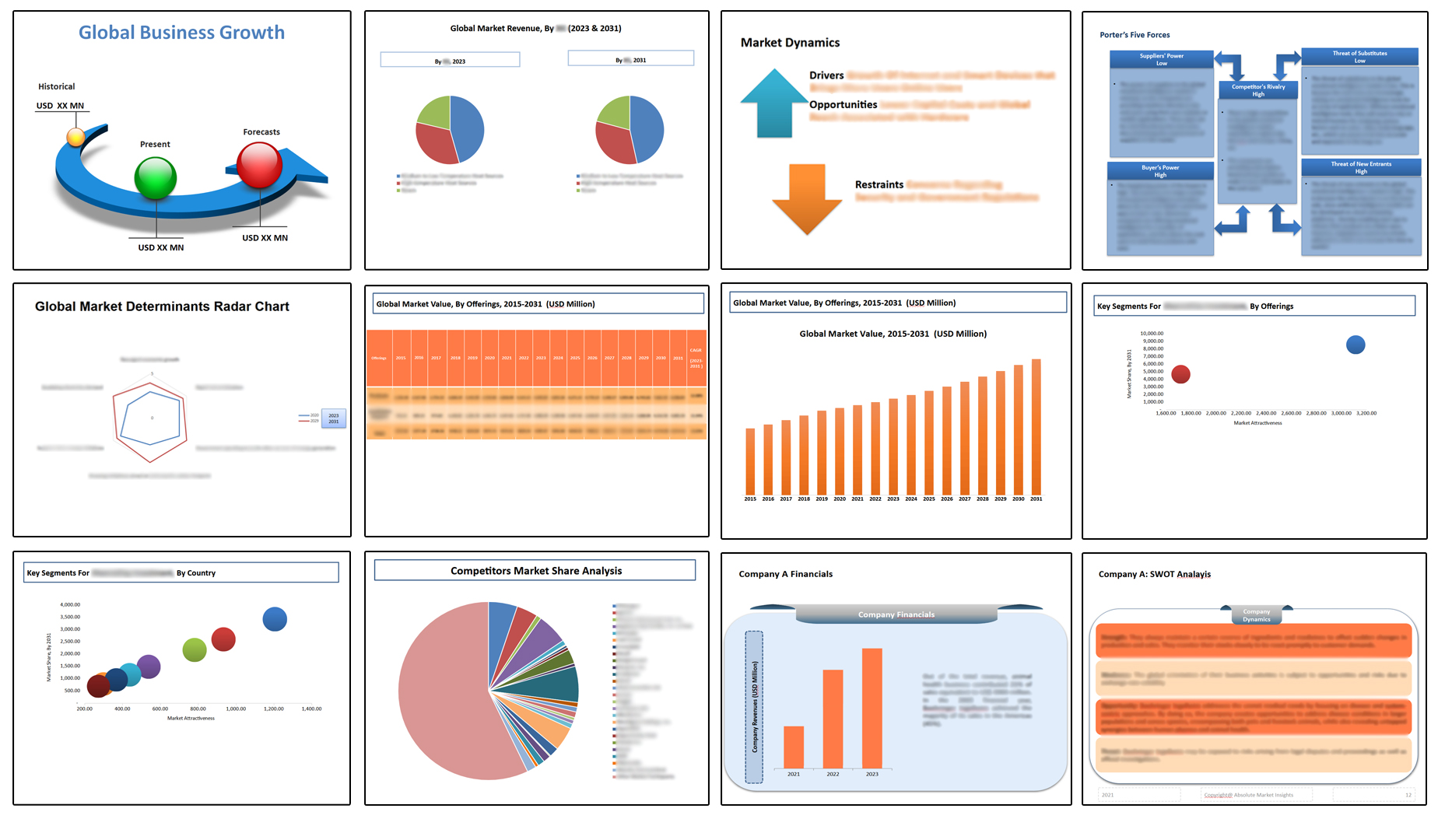
Table of Contents
Note: This ToC is tentative and can be changed according to the research study conducted during the course of report completion.
**Exclusive for Multi-User and Enterprise User.
Global Energy Drinks Market
By Nature
- Natural
- Organic
By Product Type
- Alcoholic
- Non Alcoholic
By Packaging
- Cans
- Bottles
- Pouches
- Others
By Flavour Type
- Flavoured
- Unflavoured
By Distribution Channel
- Online
- Offline
- Supermarkets/Hypermarkets
- Specialty Stores
- Others
By Region
- North America (U.S., Canada, Mexico, Rest of North America)
- Europe (France, The UK, Spain, Germany, Italy, Nordic Countries (Denmark, Finland, Iceland, Sweden, Norway), Benelux Union (Belgium, The Netherlands, Luxembourg), Rest of Europe)
- Asia Pacific (China, Japan, India, New Zealand, Australia, South Korea, Southeast Asia (Indonesia, Thailand, Malaysia, Singapore, Rest of Southeast Asia), Rest of Asia Pacific)
- Middle East & Africa (Saudi Arabia, UAE, Egypt, Kuwait, South Africa, Rest of Middle East & Africa)
- Latin America (Brazil, Argentina, Rest of Latin America)
The Niche Research approach encompasses both primary and secondary research methods to provide comprehensive insights. While primary research is the cornerstone of our studies, we also incorporate secondary research sources such as company annual reports, premium industry databases, press releases, industry journals, and white papers.
Within our primary research, we actively engage with various industry stakeholders, conducting paid interviews and surveys. Our meticulous analysis extends to every market participant in major countries, allowing us to thoroughly examine their portfolios, calculate market shares, and segment revenues.
Our data collection primarily focuses on individual countries within our research scope, enabling us to estimate regional market sizes. Typically, we employ a bottom-up approach, meticulously tracking trends in different countries. We analyze growth drivers, constraints, technological innovations, and opportunities for each country, ultimately arriving at regional figures.Our process begins by examining the growth prospects of each country. Building upon these insights, we project growth and trends for the entire region. Finally, we utilize our proprietary model to refine estimations and forecasts.
Our data validation standards are integral to ensuring the reliability and accuracy of our research findings. Here’s a breakdown of our data validation processes and the stakeholders we engage with during our primary research:
- Supply Side Analysis: We initiate a supply side analysis by directly contacting market participants, through telephonic interviews and questionnaires containing both open-ended and close-ended questions. We gather information on their portfolios, segment revenues, developments, and growth strategies.
- Demand Side Analysis: To gain insights into adoption trends and consumer preferences, we reach out to target customers and users (non-vendors). This information forms a vital part of the qualitative analysis section of our reports, covering market dynamics, adoption trends, consumer behavior, spending patterns, and other related aspects.
- Consultant Insights: We tap into the expertise of our partner consultants from around the world to obtain their unique viewpoints and perspectives. Their insights contribute to a well-rounded understanding of the markets under investigation.
- In-House Validation: To ensure data accuracy and reliability, we conduct cross-validation of data points and information through our in-house team of consultants and utilize advanced data modeling tools for thorough verification.
The forecasts we provide are based on a comprehensive assessment of various factors, including:
- Market Trends and Past Performance (Last Five Years): We accurately analyze market trends and performance data from preceding five years to identify historical patterns and understand the market’s evolution.
- Historical Performance and Growth of Market Participants: We assess the historical performance and growth trajectories of key market participants. This analysis provides insights into the competitive landscape and individual company strategies.
- Market Determinants Impact Analysis (Next Eight Years): We conduct a rigorous analysis of the factors that are projected to influence the market over the next eight years. This includes assessing both internal and external determinants that can shape market dynamics.
- Drivers and Challenges for the Forecast Period:Identify the factors expected to drive market growth during the forecast period, as well as the challenges that the industry may face. This analysis aids in deriving an accurate growth rate projection.
- New Acquisitions, Collaborations, or Partnerships: We keep a close watch on any new acquisitions, collaborations, or partnerships within the industry. These developments can have a significant impact on market dynamics and competitiveness.
- Macro and Micro Factors Analysis:A thorough examination of both macro-level factors (e.g., economic trends, regulatory changes) and micro-level factors (e.g., technological advancements, consumer preferences) that may influence the market during the forecast period.
- End-User Sentiment Analysis: To understand the market from the end-user perspective, we conduct sentiment analysis. This involves assessing the sentiment, preferences, and feedback of the end-users, which can provide valuable insights into market trends.
- Perspective of Primary Participants: Insights gathered directly from primary research participants play a crucial role in shaping our forecasts. Their perspectives and experiences provide valuable qualitative data.
- Year-on-Year Growth Trend: We utilize a year-on-year growth trend based on historical market growth and expected future trends. This helps in formulating our growth projections, aligning them with the market’s historical performance.
Research process adopted by TNR involves multiple stages, including data collection, validation, quality checks, and presentation. It’s crucial that the data and information we provide add value to your existing market understanding and expertise. We have also established partnerships with business consulting, research, and survey organizations across regions and globally to collaborate on regional analysis and data validation, ensuring the highest level of accuracy and reliability in our reports.
